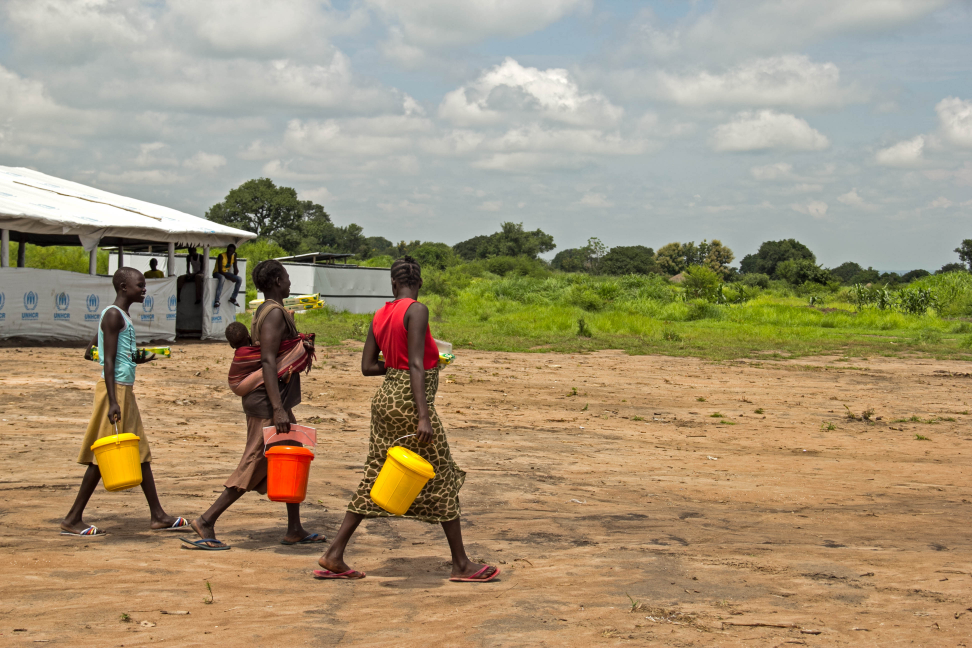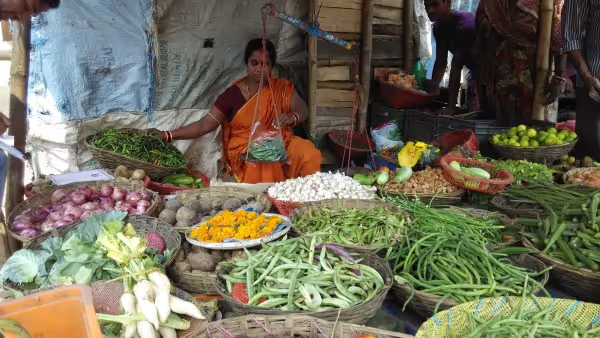Demand Survey on Disaster Microinsurance for Small Businesses in Urban Areas

A demand survey for developing a suitable microinsurance product was initiated in Puri district of the Odisha state of India in February 2015. A similar demand survey will take place in the other two sites – Guwahati (of Assam state) and Cuddalore (of Tamil Nadu state). Both of these cities have different baseline hazards from Puri. Cuddalore is a coast line city prone to floods and cyclones where as Guwahati is a higher density area prone to earthquakes, flash floods and landslides.
The demand survey is targeting around 1500 small businesses from each urban site. This demand survey will help define the insurance requirements related to the protection of small businesses from disasters, primarily climatic-related hazards.

The initial demand survey in the Puri city of Odisha revealed the following physical structures of small businesses.
1. Permanent fixed shops (brick and cement material)
2. Fixed stalls, but wooden or makeshift material
3. Temporary stalls that are arranged and removed everyday
4. Mobile (like cycle and Trollies)
5. Home based manufacturing
6. Workshops
The data entry and analysis is in progress. However the following observations came out of the field.
1. There is a large unmet need for microinsurance (or such risk protection tool) for informal businesses.
2. Very few respondents have insurance and among these, most are limited to life insurance and very few have health insurance (from a government scheme).
3. The demand survey also raised questions among curious small business operators about the concept of insurance. These questions helped reveal their level of understanding of insurance. These discussions revealed that this business community does not have any readily available source for information related to disaster insurance and products for small and informal businesses. This knowledge gap is one of the biggest barriers found among respondents.
4. The Puri site also has a tourism related informal businesses taking into account aspects such as seasonality, migration and mobile businesses. Many of the homes of these small business owners that live in nearby villages and towns are found in disaster prone areas.
5. Many respondents have been affected by one or more disasters - small and large –mostly by cyclone and flooding. Due to the informal nature of these businesses, the loss and damage have never been assessed or compensated by the government or other agencies. However, due to various factors (including literacy), many respondents are still not familiar with the concept of business disaster insurance.
6. The discussion with these potential clients of a microinsurance product also revealed a high level of misunderstanding and mistrust. Low income clients think they do not need insurance, they do not trust insurers, they do not understand fully the risk-pooling concept, and strongly believe insurance is just for the rich and that they do not have enough resources to pay for it.
The demand survey results will be included in the following outputs in near future.
1. A report on the demand survey to inform stakeholder agencies including government authorities.
2. A special issue of southasiadisasters.net publication that shares the findings and lessons with practitioners, researchers and decision makers in the disaster risk reduction and climate change adaptation field.
3. Provide data to initiate consultations with insurance companies to design possible product(s) for small businesses at-least in these three sites.
Economic growth, urbanization and climate change are transforming the global risk landscape, and thus the markets for insurance. Some of these changes are contributing to an increase in the demand for disaster insurance. The demand survey analysis will reveal how insurance is perceived. The approach to education and incentives will be designed based on this analysis.
Stay updated
Sign up for our newsletter to receive regular updates on resources, news, and insights like this. Don’t miss out on important information that can help you stay informed and engaged.
Related articles
.png)


Explore Elrha
Learn more about our mission, the organisations we support, and the resources we provide to drive research and innovation in humanitarian response.